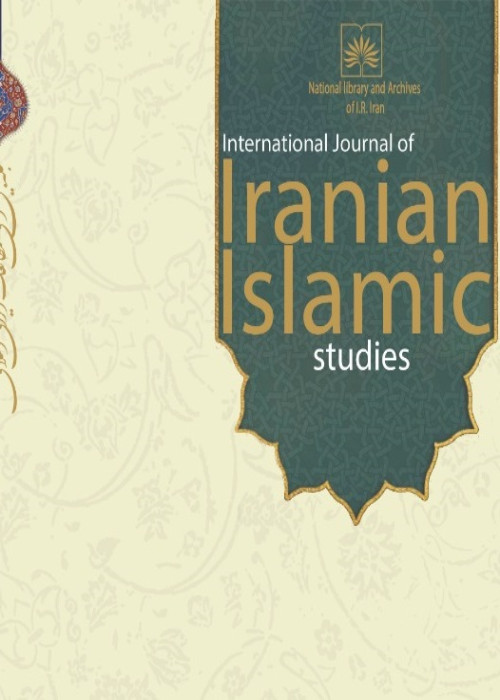Pro Chinese Negarestan Poem
The cultural and economic relationships between the two ancient civilizations of Iran and China have a long history in ancient Iranian stories and myths. One of these stories is the Chinese Negarestan Poem. This story narrates the story of Chinse king's daughter and a Chinese minister's son who are in love and are killed by the sword of the King of China and revived by Imam Al-Hasan. This short romantic feature by Mirza Ahmad Sindh contains 266 verses in the "Bahr Hazaj." The composer of this poem, Mirza Ahmad Sindh, is one of the less known but tasteful poets of the Safavid era. According to his oldest manuscript, he used to live before 1775. His other poem, "Chah Vesal Lily and Majnoon," is known for its fame. Other than these two, he has a few other short poem books, namely "apples and palms," "Dervish's advice to Majnoon," and "The testimony of two partridges, Samand and Bidel." Chinese Negarestan, along with his other work," Chah Vesal Lily and Majnoon," was published in 1996.The language of poetry in the book is simple and close to people's language. The book's descriptions are the description of the lover and beloved, the description of the death of the lover and the beloved, the description of the courier, the resurrection of the lover and the beloved, the description of Imam Hasan. One of the poet's initiatives is the presence of China in all verses. In the first 115 verses of this story, the tasteful poet brought China into all verses and created a poetic image with each one.In this story, both lover and beloved are from the royal family. Imam Al-Hasan revives the two lovers. The story has a religious purpose of reinforcing the religious foundations in readers. Imam Al-Hasan as the savior and intermediary of the story by reviving the lovers, causes the Shah and the Minister of China to convert to Islam.In this story, the poet has chosen "China" as the story's geography and has made many ironies, terms, and references with it, and has expressed what has been attributed to it along with amphibology. Choosing China as the site of an accident and a crime is not an unprovoked story. In poetic traditions, China has always been a land of beauties and dominant painters and exquisite merchandise. Its remoteness and long distance from Iran have been a proverbial way to emphasize perseverance in work. However, China has always been a source of illustration in classical, mystical, and folk literature. In the old geography books, China was the last place of the seven continents. Since an astrological sign, star, and a color was assigned for each continent, China's sign was Libra, and its star was the sun, and its day was Friday. In literary texts, China is referred to as the main part of Turkestan, Tibet, and current China. Still, sometimes analogies made to "Kashgar" and "Khotan" and "Khata" as beauties, and painters attributed them to each other. Moreover, China and Chegel have also sometimes been used together in poems. Besides, North China or Turkestan sometimes has been referred to as "Chin-O-Machin."For these reasons, the poet has made illustrations with China in 115 verses. In this story, the poet has chosen "China" as the geography of the story and has made many ironies, terms, and references with it, and has expressed what has been attributed to it along with amphibology; Such as China's Khaqan and Faghfoor, Beauties of China, Chinese Lovers, China Painters, China House, China Gallery, Chinese Tune, Chinese Shield, Chinese Musk, Chinese Deer, Chinese Dinar, Chinese Idol, Chinese hair, Chinese Eyebrows, Chinese Face, Chinese Chin, Chinese Dragon, Chinese Eyebrows, Chinese Mirror, China Jamaat, Chinese Parand (Inked sword), Chinese Parand (Delicate Silk), Chinese Diba, Chinese bowl, Chinese Cup, and Chinese Market.
- حق عضویت دریافتی صرف حمایت از نشریات عضو و نگهداری، تکمیل و توسعه مگیران میشود.
- پرداخت حق اشتراک و دانلود مقالات اجازه بازنشر آن در سایر رسانههای چاپی و دیجیتال را به کاربر نمیدهد.



